Hello again MTG fans!
Today, I am going to talk about the constructed format. Regardless of the format being Standard, Legacy or even casual, I assure you, that this article will be useful for you. So what am I going to dive into? Deck design.
I will be referring to two well-known design philosophies, Top-Down and Bottom-Up, and explain what they are and apply them to deck construction.
What is a Top-Down deck design?
A top-down approach is when you start with the big picture and then break it down into smaller segments and details, like a reverse pyramid. It involves the ability to look from above, see the whole setting and then go into specifics one by one. So how does this translate into deck building? As stated, by looking at the bigger picture of your game plan, the first issue to address is what play style do you intend to incorporate into the deck.
For casual players and EDH lovers, what theme would you want to play with? Ignore specific cards to play with or what the fundamental core cards would be, but ask yourself, how am I going to play the game?
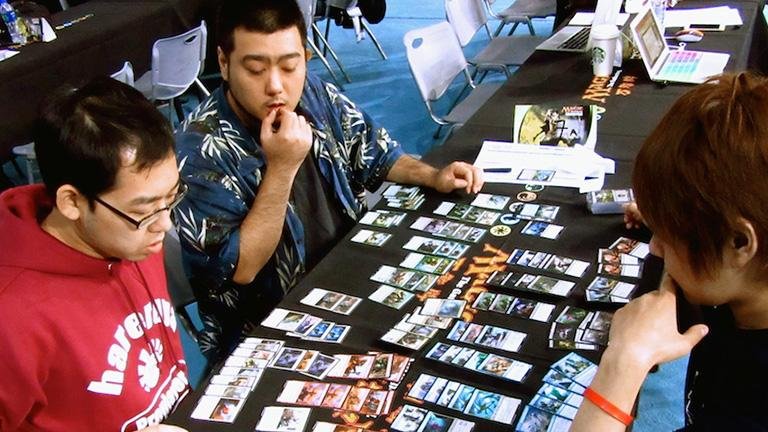
After choosing a play-style or theme, it is time to choose the cards. Usually, I start by choosing the colour best suited for the play-style or theme since each colour has its own strengths and weaknesses. For instance, white and red is better at being aggro and flooding the board with creatures since the colour is abundant with cheap creatures, while black is better at removing creatures since it has a lot of removals.
This way it is easier to pick cards as the choices are narrowed down to the colour. Of course, this does not mean that you should just pick one colour, but you can branch out to two or three and even all five if you’d like to.
Next is the deck composition such as deciding how many creatures to play, and how many spells are needed to fit our chosen play-style or theme. In other words, what will our winning conditions be, how many cards that will win us the game, and how many cards will be the supporting pillars. For instance, take a relatively easy deck, a white weenies deck. The winning cards would be the cheap, small creatures that flood the board and hit our opponents as fast as it can.
We also need to have a few supporting cards, like an enchantment that gives our creatures a small boost in attack and defense (+1/+1) or cards that can protect our small creatures at all times. Since, these cards would not be effective if we have no creatures on board, we would want to draw them less frequently, therefore we want only a few of these cards in the deck.
It is time now to browse and select the cards that will go into the deck based on the play-style, colours and composition chosen earlier. Browse through the cards available (I use MTG Gatherer), choose cards that seems to be a good fit for the deck and don’t worry if you pick up more cards than necessary. It is better to have more options and to be able to choose from it, than to have less choices present.
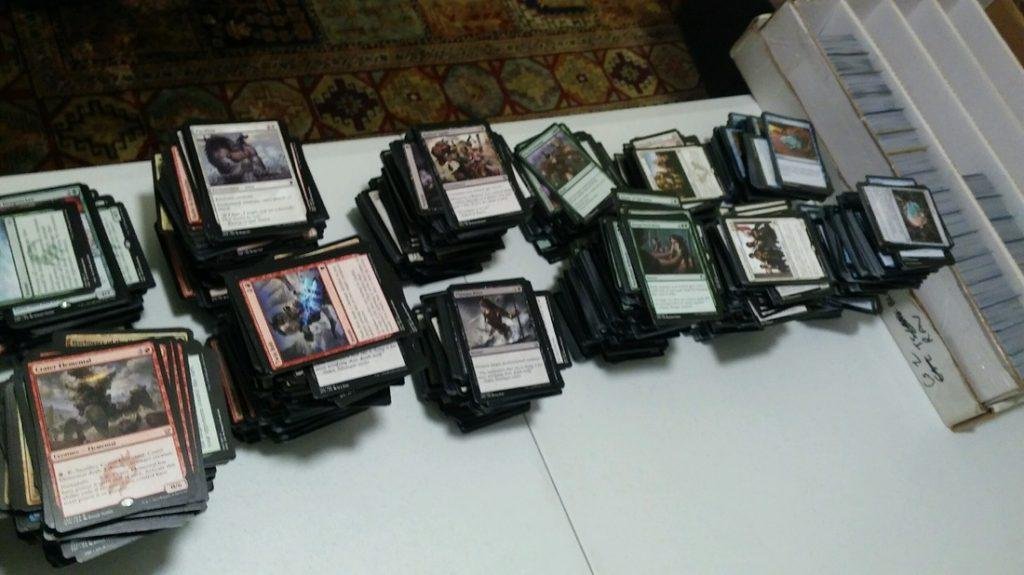
Here is an easy and simplified example of the whole process.
Shirley loves cats and wants to build an EDH deck around cats as the theme. Her play-style? To flood the board with adorable but deadly balls of fur. You see where I am going with this? She doesn’t look at the cards yet, she decides on her theme and play-style and then searches for cards that are available to fit into her deck.
Hold on. How is this going to help in building a deck for the constructed format like standard or modern? You don’t have to look into a theme but just decide on a play-style first. For instance, you might decide to play control and begin building your deck from there. You first choose the play-style, and then the colour, the composition, and then finally pick cards that fit that over all big picture you have established.
Notice that in this method, we go from the big picture and then into smaller details. That is essentially the Top-Down approach. Most people who stick to a certain play-style or loves a particular theme would approach deck building this way.
Hopefully, you understand a little bit more on deck building 101 after this and trust me, there is a whole lot more to learn. With that being said, I hope you will be able to build your own cat decks (or rabbits) or your own play-style decks after reading this.
Next time, we look into the other the spectrum of deck designing, which is the Bottom-Up design, but until next time, hope you keep slinging those spells. See ya!


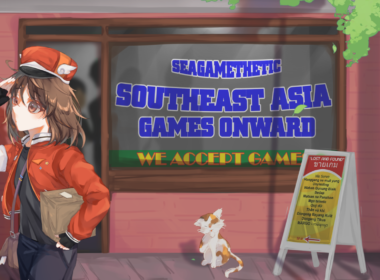
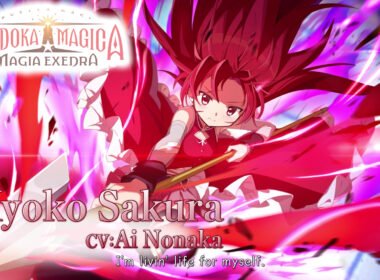


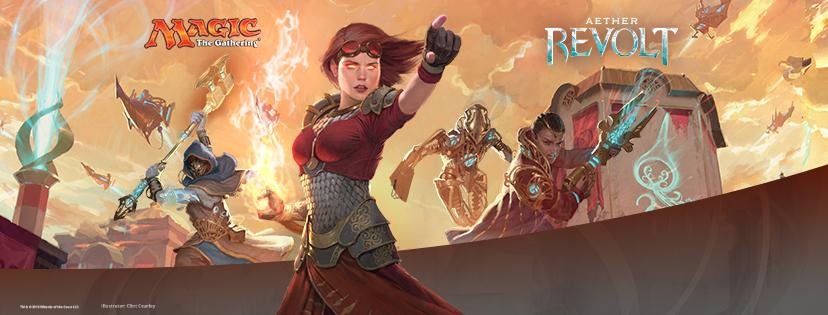
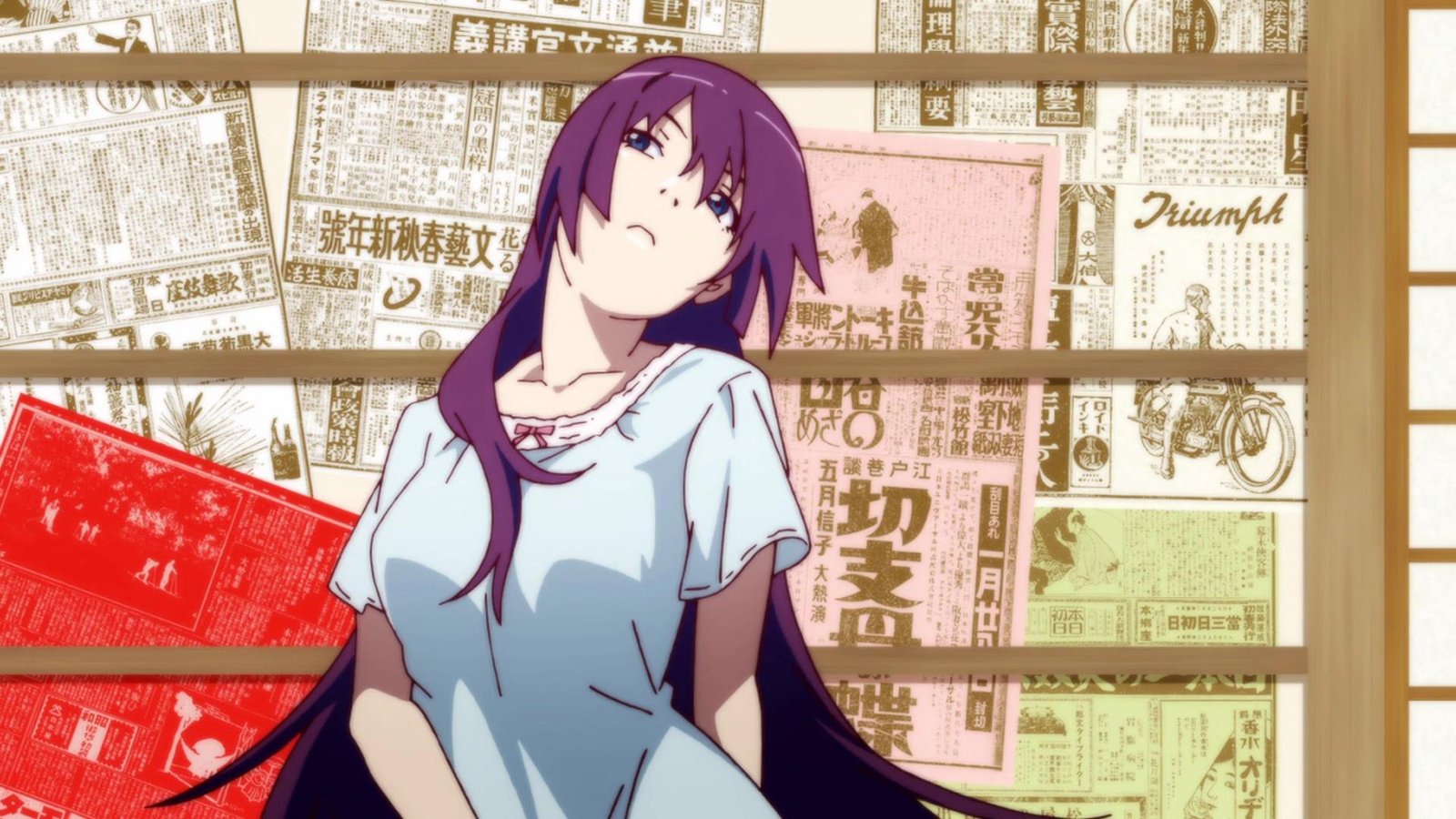



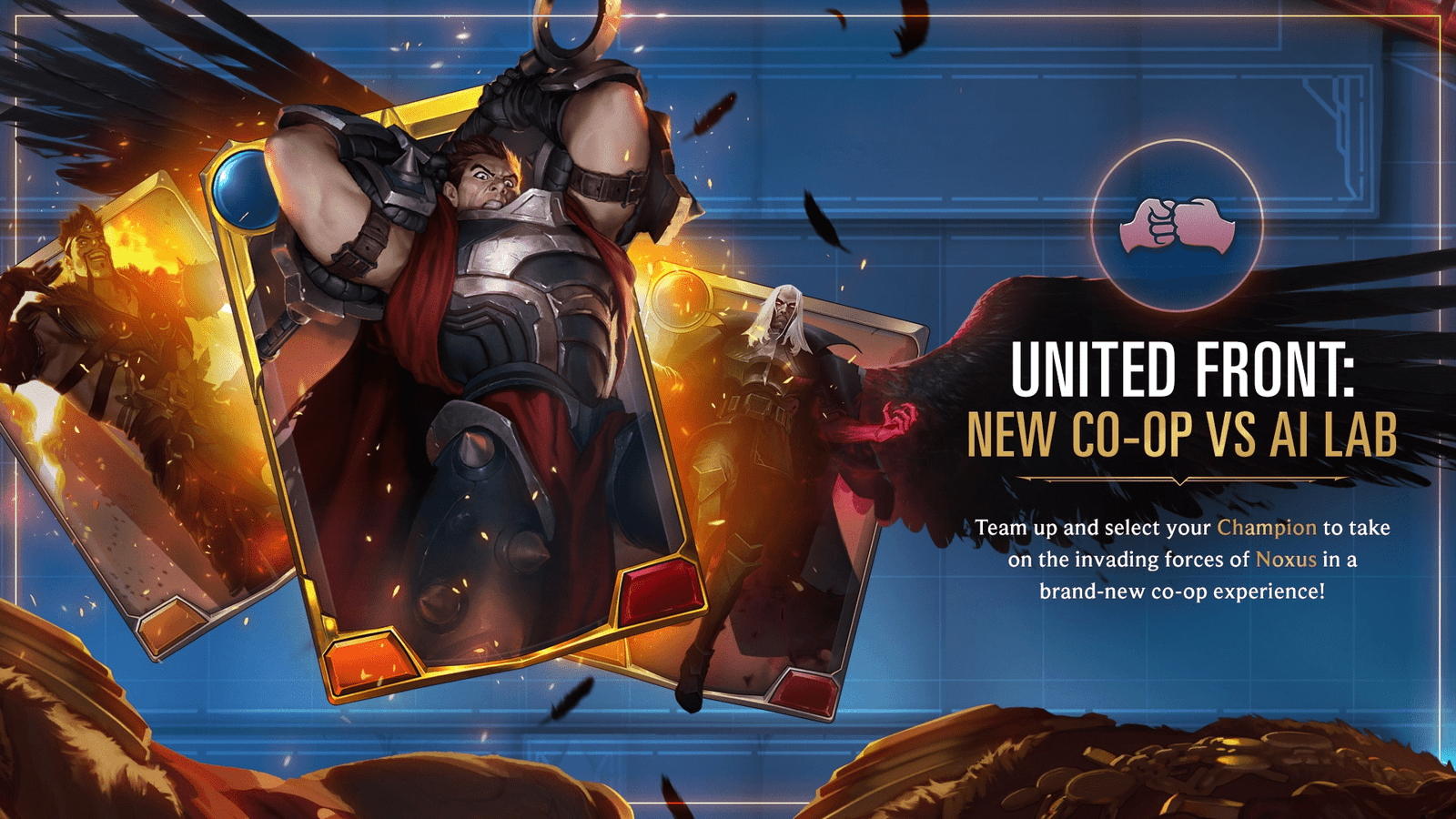

Comments 1